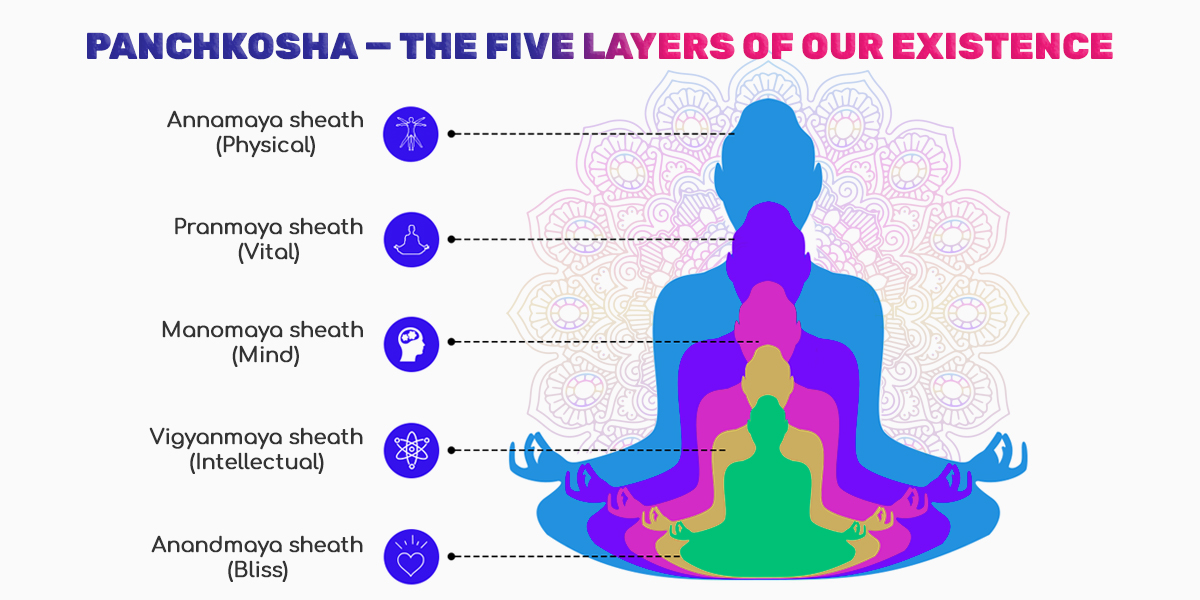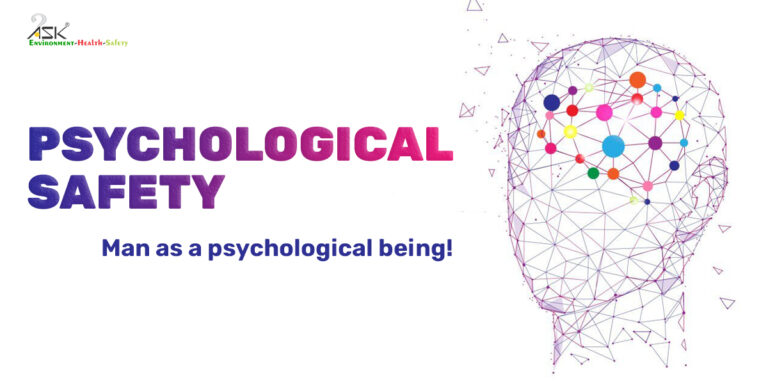Man does not live by bread alone. He has a dynamic and fertile mind to think and a passionate and pulsating heart to feel. The great genius scientist, Albert Einstein, describes the human body as a wonder machine whose less than 10% use of its potential has lifted the civilization to the present level.
The human body, along with remarkable potential consciousness, forms a wonderful combination with vast possibilities of achievement in any field of human endeavor. Let us talk about its various sheaths (koshas) –
- The first one is physical body, the Annamaya sheath which is visible from outside. It contains and nurses all vital parts of the body for a healthy life, with a Mind having a vast potential for thinking & a Heart pulsating with feelings.
- The second one is the vital energy sheath, the Pranmaya sheath —arousing emotions.
- The third is at the Intellectual level—Manomaya sheath, the lower mind sheath of intellectual and rational activities.
- Vigyanmaya sheath, the higher mind sheath of intuition, inspiration, and creative activities.
- The final and last one is at spiritual level—Anandmaya sheath kosha filled with bliss, light and soul.

Human well-being means fulfillment of his/ her physical, mental, social cognitive needs and expectations. Well-being at work is defined as an individual’s ability to work productively and creatively, to engage in strong and positive relationships, fulfillment of personal and social goals, contribution to the community and a sense of purpose.
Psychological Safety—an essential Management Responsibility
All over the world, including India, psychological illness and injury at the workplace is regarded as reportable incidents and is required to be reported to the Enforcement Agency forthwith. Psychological hazards include—harsh aspects of work tasks, work organization, management, work environment and organizational conditions that have the potential for psychological and physical harm to the workmen and other people concerned therewith and connected thereto.
Mental wellbeing is not a matter of luck but a matter of design. It requires a deliberate effort by the work management group and leadership to control psychosocial risks and build in the protective factors associated with ‘good and healthy work’, says Dr. Hillary Bennett, a leading Safety Professional.
Increase ‘good work’ and reduce ‘toxic work’— this should be our whole-hearted effort.

Preserving & Protecting Psychological Well-being – to be the Mission
The success of psychosocial risk management depends on commitment from all levels and functions of the organization, especially top management.
Some key concepts are:
- Mental wellbeing operates on a continuum.
- It is dynamic, subjective, universal and holistic.
- It is impacted by multiple factors related to areas of Task, Individual, Social and Organizational.
Some specific factors that create potential harm to people’s mental wellbeing are buried or lost – such as,
- Excessive and Stressful Workload
- Inflexible Work Schedules
- Unsupportive Managers
- Poor Work-Life Balance, etc.,
resulting in depression, anxiety and stress.
Psychosocial risks are present in all types of work. Only its form varies.
Well-designed work (i.e., ‘good work’) reduces psychological distress and improves physical health and mental wellbeing. ‘Good work’ supports people to thrive; ‘Decent work’ allows people to survive; ‘Toxic work’ harms mental wellbeing, making people unwell.
Hence, let the Management and entire Organization whole-heartedly adopt comprehensive approach to workplace psychological health, safety and wellbeing and work for the same.



